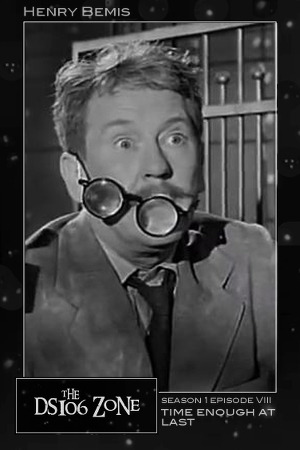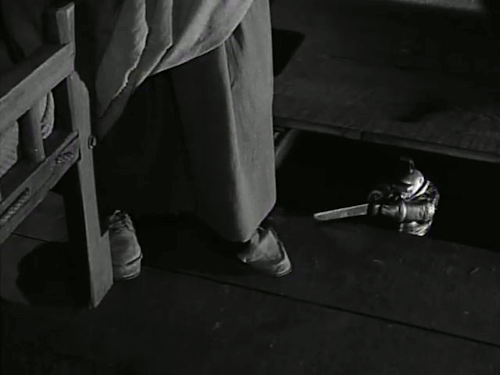So this week's topic in our Openspokes fellowship is failure, something we are all intimately acquainted with, for who has not failed at a task, at a crucial moment, sometimes with serious consequences? Who ends up a goat and goes to hell? Failure has been the gristmill for religion, literature, history, science, psychology and philosophy for eons. We all know who arrived at the
North Pole but rarely do we find out about who didn't. Fail and failure have always been negative words so it is interesting to see so many people trying to turn it into a
positive just lately. I have failed spectacularly in the educational setting,
more than once.
Since beginning my exploratory journey of online educational communities,
failure has been a constant thread running throughout the discussions.
Brendan Murphy and I discussed failure in April,
Kirsten and
Erin have already posted this week about failure and what it might mean in regards to learning and students. I like Erin's belief that what we are attempting to do is teach resiliency and I think that Kirsten is spot on when writing about learning as a cyclical process, that failure has no part in since it is seen as an end and not a beginning. And yet, we use the term fail/ failure constantly in education, particularly in summative evaluation/assessment. In fact, we're addicted to it.
As we move to change our curriculum to reflect the circular nature of learning, perhaps we may also finally let go of the idea of summative assessment and banish failure from the classroom and from the educational discussion. After all, who is the summative assessment for? The student? Not at all. They know where they are from personal experience and the formative evaluation they have been receiving during the year. Parents? I used to dread report card time, when it seemed to be a litany of what my child needed to do to improve and having to argue with my husband about the value of the report card. (Sadly my children told me this was how they viewed report card grades: A-could have done better, B-bad, C-death.) Teachers? Do we crave designing multiple choice tests? Close sentences? Having students study for provincial standardized test? How do we feel about the cookie cutter remarks we have to use in report cards where we've had to tell a seven year old they are limited in their ability? What kind of accounting system are we using to evaluate our students when you're a failure at seven? Where does our belief in allowing children to develop at their own pace, to explore and play as they learn and grow fit in with our bureaucratic school system and its need to be validated through summative assessment? So who's to blame for the word failure being bandied about?
We all are.
This is a world wide problem tied to
long standing ingrained cultural practice. Parents and students expect grades, teachers comply as part of their job, the school system and governments use grades and pass rates to be accountable to the public for their spending on education. We have to re-frame the discussion, not only within our own practice as teachers (how much summative assessment can we strip out of our teaching particularly as we move to allowing students the ability to govern their own education and develop skills of self-regulation) but also with students, parents, our school boards and our governments. Until we all begin to question the role of failure in our system, we'll continue to talk about what to do about failure instead of looking at the education of a student as a continuum, where students meet challenges, work to overcome them and move on to the next challenge at their own pace so they can be successful.
P.S. I am fascinated with what happened to our good old fashioned English words that meant failure before the use of failure became widespread in English. There are multiple words that mean something similar to fail/failure in Old English: dwelain- to deceive, mislead, lead into sin or error (this one is closest to the original Latin meaning), aleogan- to fail to fulfill, misbeodan- injure, do wrong to, gedreosan- fall, perish, fail and
abreoðan- fail, perish, be destroyed. All of these were replaced with the single word fail which is why there are so many definitions. 


